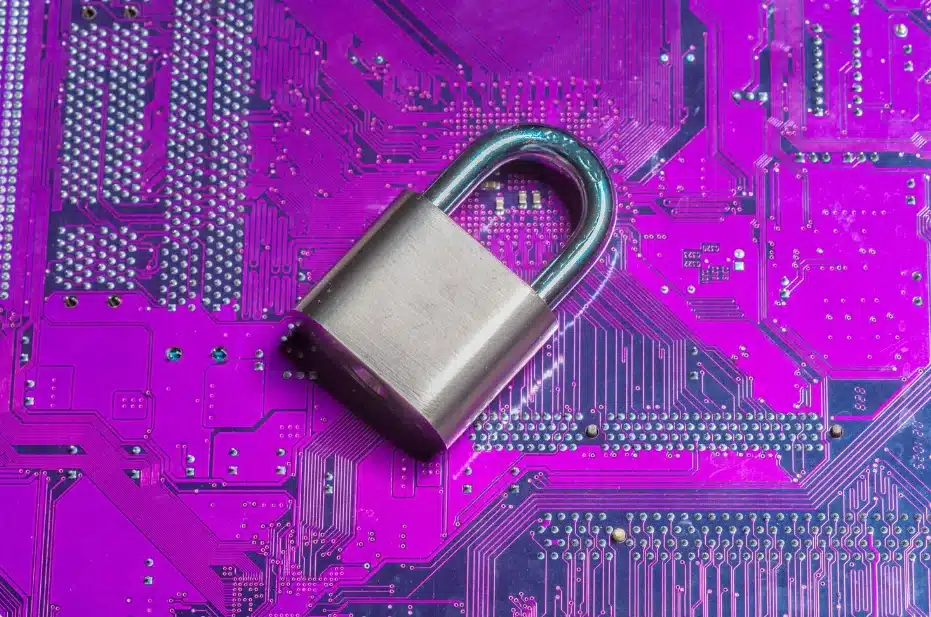In today’s cyber threat environment, organizations face increasingly complex challenges. Data breaches, ransomware, and sophisticated attacks are becoming more common. For businesses aiming to protect sensitive data and maintain operational integrity, managed detection and response security monitoring is a critical component of their cybersecurity strategy.
Understanding what these services provide and how to select the right solution can make the difference between proactive defense and reactive crisis management.
Understanding Managed Detection and Response Security Monitoring
What It Means
Managed detection and response security monitoring involves outsourcing threat detection and incident response to a specialized provider. Unlike traditional security approaches, these solutions focus on real-time monitoring, threat hunting, and rapid response. The goal is to detect suspicious activity before it escalates and to contain threats effectively.
A key advantage of this approach is that organizations can leverage specialized expertise without building a full internal security operations center. This is especially beneficial for companies with limited cybersecurity resources or high-value assets that need continuous protection.
Core Components
Managed detection and response solutions combine several elements. Continuous monitoring ensures that all network activity is observed for anomalies. Threat detection uses advanced analytics and sometimes machine learning to identify suspicious behavior. Once a threat is detected, the response team investigates and mitigates it, often before it affects business operations.
The service may also include reporting, compliance assistance, and proactive recommendations to strengthen security policies. These features make managed detection and response security monitoring more than just a passive alert system—it is an active defense mechanism.
Benefits of Managed Detection and Response Security Monitoring
Organizations can gain several advantages from using a managed solution:
- Continuous Monitoring – Providers maintain 24/7 oversight, reducing the risk of delayed threat detection.
- Expert Response – Security analysts with advanced skills handle incidents, ensuring quick and precise mitigation.
- Advanced Threat Detection – By combining analytics, threat intelligence, and automated tools, providers can identify sophisticated attacks that might bypass traditional security controls.
- Resource Efficiency – Outsourcing these functions allows internal teams to focus on core business operations while leaving security monitoring to experts.
- Regulatory Compliance Support – Providers often assist with compliance requirements, including reporting and risk assessments, helping businesses meet standards such as HIPAA, PCI-DSS, and ISO 27001.
By addressing these areas, managed detection and response security monitoring helps organizations reduce operational risk and maintain confidence in their cybersecurity posture.
Understanding Managed Detection and Response Managed Cyber Security Service
The Scope of the Service
A managed detection and response managed cybersecurity service goes beyond monitoring. It combines multiple security functions into a single service package. In addition to threat detection, the service includes incident investigation, active response, threat intelligence, and security consulting.
Organizations often rely on these services to maintain a proactive security posture. The managed cybersecurity service can integrate with existing IT infrastructure, monitor endpoints, cloud environments, and network traffic, and ensure that alerts are investigated quickly.
This approach allows businesses to benefit from a full security operations capability without the overhead of staffing a 24/7 security team internally. The service provider brings both tools and expertise to the table, enhancing overall security effectiveness.
Advantages
Companies using a managed detection and response managed cyber security service often experience faster threat detection, improved response times, and reduced operational disruptions. They also benefit from regular insights into emerging threats and vulnerabilities, enabling them to strengthen their defenses over time.
By centralizing detection and response capabilities, organizations reduce the likelihood of gaps in coverage. This is particularly important for businesses operating in highly regulated industries or handling sensitive client data.
Exploring Managed Detection and Response Managed Security Service
How It Differs
A managed detection and response managed security service shares similarities with cybersecurity services, but often emphasizes operational security management. The focus is on integrating detection and response functions with broader security policies and risk management practices.
Managed security services providers may handle configuration management, patching, vulnerability assessments, and compliance reporting. This creates a holistic security solution where detection, prevention, and response work together seamlessly.
Why Organizations Choose It
Businesses may select a managed detection and response managed security service to combine continuous monitoring with ongoing security management. This is particularly valuable for enterprises that face regulatory pressures or have complex network environments.
The provider ensures that both preventive and responsive measures are consistently applied, reducing exposure to cyber threats.
Key Considerations When Choosing a Solution
Expertise and Experience
The provider’s experience in detecting and responding to threats is a critical factor. Organizations should look for providers with proven capabilities in monitoring, threat hunting, and incident response. A service provider’s track record in handling real-world incidents can provide assurance of reliability and effectiveness.
Technology and Tools
Modern managed detection and response security monitoring relies on advanced technology. This includes security information and event management (SIEM) tools, endpoint detection and response (EDR) platforms, and threat intelligence feeds. The ability of a provider to integrate and optimize these tools determines the effectiveness of threat detection and mitigation.
Response Times
Quick response is one of the main benefits of outsourcing detection and response. Organizations should assess the provider’s typical response times and ensure they meet the business’s security needs. Rapid investigation and containment of threats reduces the potential impact on operations and data integrity.
Integration Capabilities
The service should seamlessly integrate with existing infrastructure, including cloud platforms, on-premises systems, and network devices. Smooth integration ensures comprehensive coverage and avoids blind spots where threats could go undetected.
Compliance and Reporting
Providers should support compliance with industry standards and regulatory requirements. Regular reporting and audit capabilities help organizations meet obligations and provide transparency to stakeholders.
Final Thoughts
Selecting the right managed detection and response security monitoring solution requires careful evaluation of the provider’s capabilities, technology, and expertise. Companies must consider their unique operational needs, the complexity of their IT environment, and the level of protection required for sensitive data.
Both managed detection and response (MDR) and managed security service (MSS) provide avenues for organizations to strengthen their security posture without the burden of maintaining an extensive internal team.
By understanding the differences between these offerings and aligning them with business requirements, organizations can build a robust, proactive security strategy.


